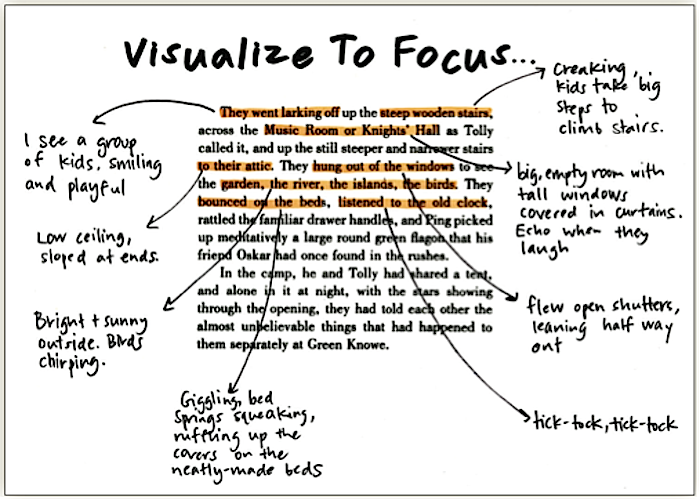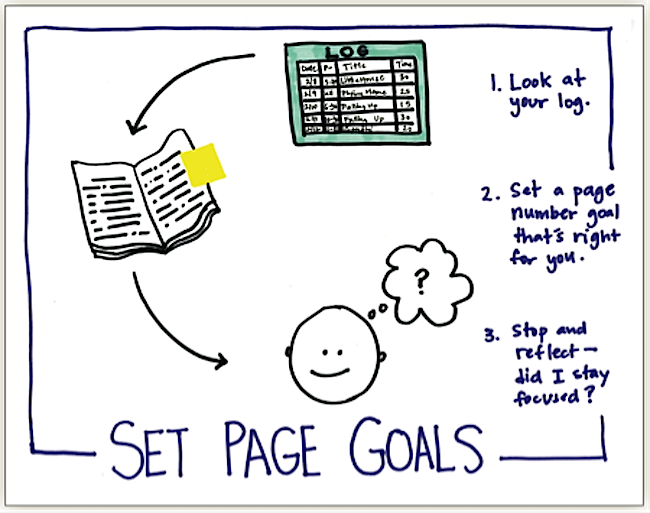This week on the Notice and Note Book Club found on Facebook,
Kylene Beers asked teachers to post some of their favorite poems they use with
the Signposts. Here are some of the favorites. These come directly from other
teachers and can be found online.
·
“Children’s
Rhymes” by Langston Hughes ends in an important and powerful Tough
Question as the narrator wonders if liberty and justice are truly for all.
·
Another poem by Langston Hughes, “I, Too” illustrates a Contrast and Contradiction. The narrator, a
black person, is sent into the kitchen to eat while the white people gather
around the table. So, one group of Americans are treated one way while another
are treated another. Stopping to ask, “Why would this person be treated this
way?” is critical.
·
And Hughes’s “Mother to
Son” is nothing but Words of the Wiser.
·
At a lighter level, Judith Viorst’s “Some Things Don’t Make Any Sense at All” ends with a Tough
Question as the child wonders why if he’s so perfect his mom is having another
baby.
·
Maya Angelou’s “Still, I
Rise” offers examples of Tough Questions and Again and Again. And her “I
Know Why the Caged Bird Sings” offers an extended example of Contrasts and
Contradictions.
·
“Forgive
My Guilt” by Robert Coffin offers an example of a Memory Moment as the
narrator, an adult, reflects on a moment he spent as a boy.
·
“Elana”
by Pat Mora begins with a Memory Moment and then offers a
wonderful Contrast and Contradiction as a mom decides to learn to speak
English.
·
Her poem “Sonrisas” is an amazing poem of Contrasts and Contradictions.
That one also offers powerful Again and Again lines as “coffee” and “smiles”
are both used—in very different ways—in both stanzas. I like using this poem
with kids because this is a great example of Again and Again that is also
Contrasts and Contradictions.
·
Shel Silverstein’s “Listen
to the Mustn’ts” offers children a great look at Contrasts and
Contradictions. When I shared this with third graders, they immediately began
talking about “why would some people act this way” meaning always telling kids
what they can’t do. It was an amazing conversation.
·
“Morgan’s
Curse” by Silverstein offers Tough Questions.
A LOT of the Shel Silverstein poems are all about Aha Moments,
though the character doesn’t say “I realize” or “I understand.” They are moments
(usually the last line) in which the character figures out something. For
instance, in “I cannot go to school today” the little girl gives a long list
illnesses she is feeling and therefore must stay in bed and not go to school.
In the last line, she realizes it is Saturday and runs out to play. It’s a
perfect Aha Moment! In the same way, Viorst’s “Mother Doesn’t Want a Dog” is
humorous and one of the best examples of an Aha Moments that the mother is
about to have that I’ve seen!














